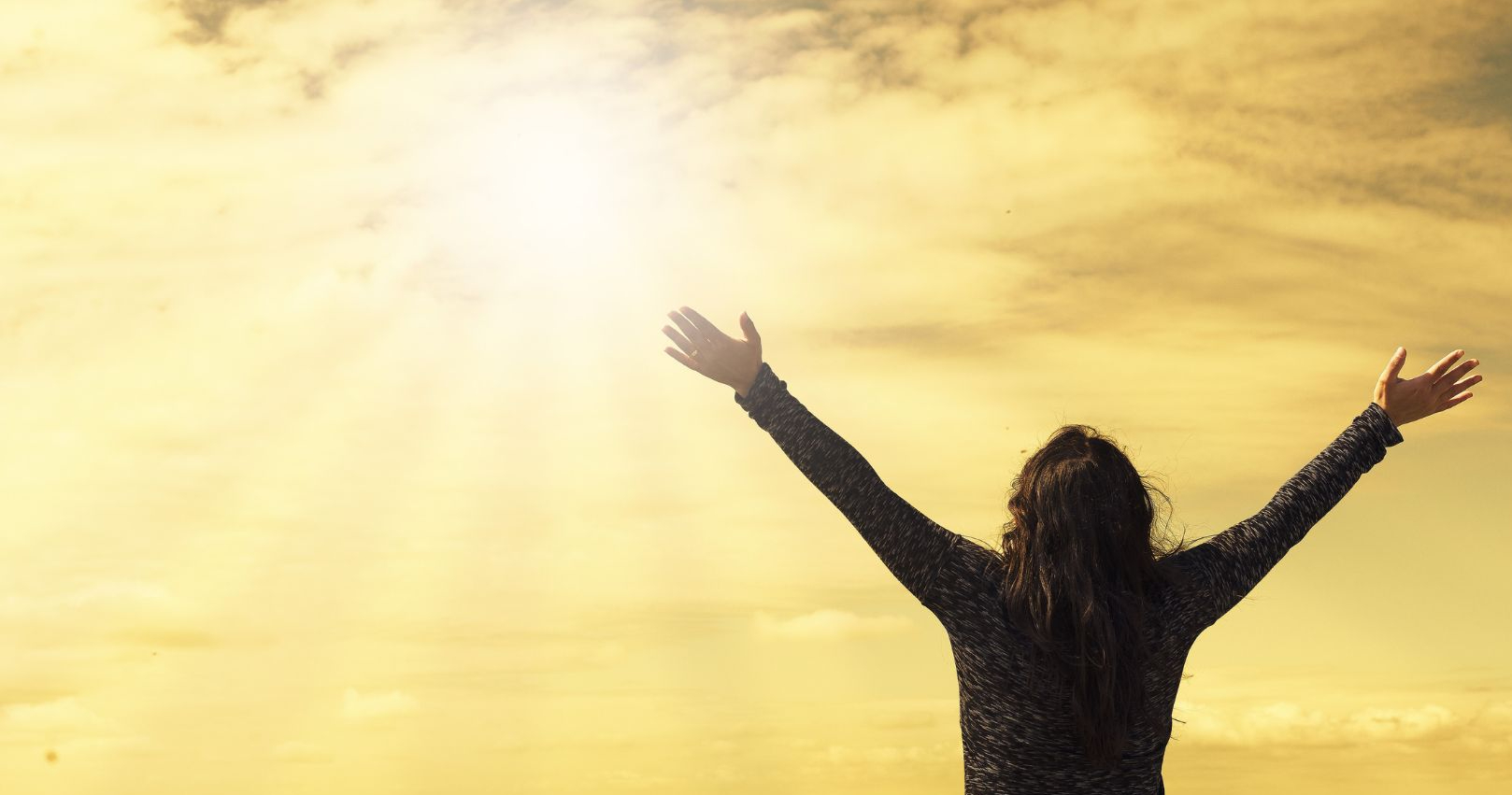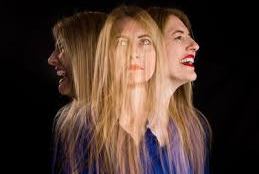On the first day of Rosh Hashanah, we explored how teshuvah—the act of repair and reflection—is not about revenge or punishment, but about opening ourselves to transformation and new possibilities.
Read the transcript or listen to the audio recording here: https://recorder.google.com/19390142-af9a-422a-ae34…
I don’t know that I’ve ever told this story in full before. I believe I was in sixth grade when I kicked Aaron’s violin. I can still see it in slow motion: it bounced off one wall, then another, and crashed to the ground.
Aaron was in fourth grade. I was in sixth.
To this day, I have no idea what motivated me to do it. I cannot give you a concrete reason. Aaron was great. We actually know each other still—both of us live in Milwaukee. He’s a wonderful person. I don’t think he’s ever mentioned it. I don’t think I’ve ever brought this up with him. I probably should—especially now that I’m talking about it. After all, it’s the High Holidays—we’re supposed to do teshuvah, right?
But I don’t know what drove me to do it. What I do know is that looking back on my life, even as a sixth grader, I was in a lot of pain. I was in turmoil.
And something must have happened that day. Aaron and I were practicing a duet for our school with our violin teacher, Sigrid Gullickson. (I don’t remember many names from childhood, but I remember Sigrid’s—she was a wonderful teacher.) Somehow, in the midst of that practice, the pain inside me turned into anger. And I needed somewhere to put that anger. I needed someone to blame. I needed someone else to feel the pain that I was feeling.
So at one point, when Aaron brought his violin down off his shoulder and was just holding it casually, I kicked it. And I can still see it: bouncing off one wall, bouncing off another, and landing on the ground.
Somehow—almost impossibly—the only damage was that the bridge snapped. For anyone who plays violin, you know the bridge is just a small wooden piece, about an inch and a half wide and an inch tall, that lifts the strings off the neck so that when the bow crosses them, sound is made.
I don’t remember what it cost—maybe $10, $15, $20. But all things considered, financially, I got off pretty easy.
That’s the story of what really happened. But that’s not the story I told anyone else. The story I told was the kind that only makes sense to a sixth grader trying to get out of trouble. Here’s how it went:
“Yes, I was frustrated. Yes, I kicked my foot forward. But I stopped my foot before it hit the violin. Aaron, not knowing what I was doing, just happened to bring his violin into the path of my foot, and it accidentally hit.”
Judge Judy would not have been impressed.
The truth is, I was in tremendous pain. It had nothing to do with Aaron.
And the truth is, we are all in some sort of pain. That doesn’t mean pain dominates our lives. It doesn’t mean there is no joy. And it doesn’t mean we haven’t worked hard to overcome the pain we carry. But we are all carrying some.
Sometimes it’s something small—like being cut off in traffic. (That
one still gets me. I’ve done a lot of work on my anger, but drivers? That’s still my trigger.) Sometimes it’s more serious: personal health, caring for a loved one, a strained relationship, financial stress, professional pressure. And sometimes it’s the bigger picture: the state of our country, the world, the Middle East, terrorism, hostages, displacement, suffering.
Pain is everywhere—from the mundane to the monumental.
And when we are in pain, anger is a natural response. Blame is a natural response to anger. And when we blame, we often crave vengeance.
Pain → Anger → Blame → Vengeance.
Blame feels good, at least in the moment. It gives us somewhere to put our pain. Sometimes it even lets us avoid what’s really going on inside us. “It’s Aaron’s fault I kicked his violin,” meant I didn’t have to face that, even as a sixth grader, I was in turmoil.
But deep down, we know: pain, anger, and blame almost never lead to healing or healthier relationships. And vengeance? That’s the final step in the cycle. Sometimes we call it vengeance, sometimes justice, sometimes “comeuppance.” But we want the person we blame to feel what we feel.
Think of the driver who cuts us off. We’re furious. We decide it’s their fault traffic accidents exist. We hope they get pulled over—and when they do, we cheer. Why? Because it feels good. That’s the pain-anger-blame-vengeance cycle at work.
And the easiest way to justify vengeance is to dehumanize the person. The less human they seem, the easier it is to wish them harm. We all do it—sometimes even without realizing it.
This is exactly what Rabbi Meir did, according to the Talmud. There were some lawless people in his neighborhood who harassed him every day. One day, overwhelmed, Rabbi Meir prayed that they should die.
But his wise wife, Beruriah, corrected him. (And it’s significant that she is one of the few women named in the Talmud, and often held in equal or greater esteem than her husband.) She said, “You’re misinterpreting the verse in Psalms. You read it as, ‘Let sinners cease from the earth.’ But it should be, ‘Let sins cease.’ Don’t pray for the people to die—pray for them to repent, for their sins to cease. Then they will no longer be sinners.”
Rabbi Meir prayed in this new way, and indeed, the people repented.
This is the Jewish way.
We don’t rejoice when our enemies suffer. We know this from the Pesach seder. When we recite the ten plagues, we dip our pinky in the wine or grape juice, lessening our cup of joy—because our joy is diminished by the suffering of the Egyptians.
The Jewish way is teshuvah—repentance. Forgiving others.
Forgiving ourselves. Not excusing bad behavior, but releasing ourselves from the pain and anger we carry.
Tonight, as we welcome 5786, let us strive to release some of that pain, anger, and desire for vengeance.
It will not be easy. It is perhaps the hardest task of all. And yes, when we let go, it may leave a hole. Sometimes we almost miss the pain—it has been with us so long.
Tomorrow, we’ll talk more about how teshuvah can begin to fill that hole. But tonight, as we prepare to recite the Amidah, I invite you to set your intention. The Amidah is the central, private prayer of Judaism. If you want, use it as a moment to ask: How can I let go of some of the pain and anger I carry?
Or, if you already have another intention—hold that close.
May these prayers, and these days, guide us toward a little more balance, a little more peace, a little more joy, health, prosperity, and love in the year ahead.



